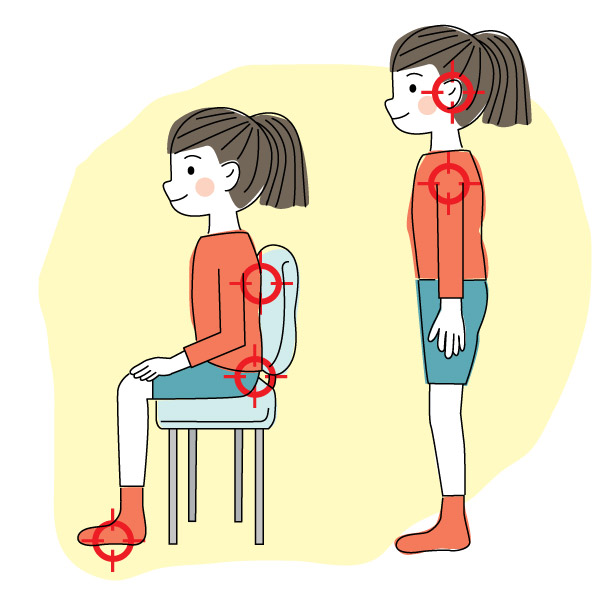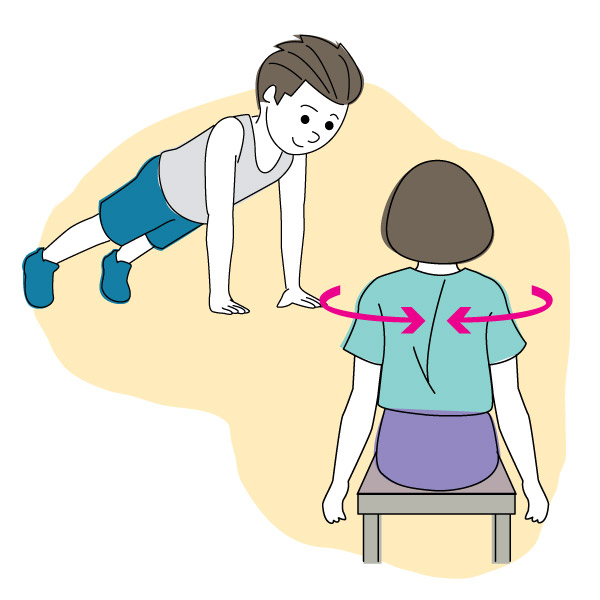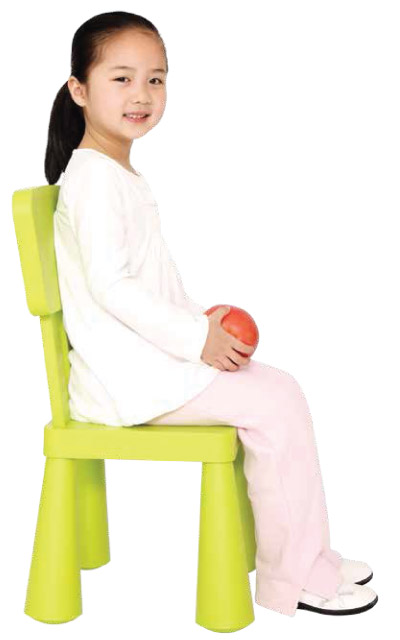“Don’t slouch,” we harp at them. “Stand straight! Throw those shoulders back and raise your chin up. Do you want to be hunched for the rest of your life?” words of many a frustrated parent. Though we mean well, as parents, we ourselves must have some understanding of the following:
- What is (good) posture?
- Causes and result of bad posture
- What can be done to improve on things?
1. So, what is good posture?
‘Posture’ is the position in which you hold your body and limbs when standing, sitting or lying down. When your child’s bones and limbs are properly aligned, it prevents from excessive strain towards any particular part of the body.
2. What causes bad posture in children?
Studies have identified a few causes, amongst which are:
- Babies & infants
- Hurried development – rushing your baby to grow/develop faster not at his/her natural pace such as earlier use of baby walkers (note that there is lack of evidence to prove baby walker help children learn to walk, paediatricians do not recommend its use).
- Bad diet and a lack of nutrients.
- School goers & teens
- Some youngsters carry school backpacks that weigh as much as 30% of their body weight which is far above general recommendations.
- Obesity
- Sedentary lifestyle
- Lack of strength and flexibility exercises
- Studies also show that posture is partly a learned behaviour and it is learned between ages three and five. So if you’re modelling poor posture, your kids are likely to pick it up.
3. So what can we do? (obviously we know nagging doesn’t work.)
- Give babies a chance to develop neck control and lower back strength at their own speed, through lifting their head, rolling over, sitting, and being on all fours to walking. Each stage prepares the muscle co-ordination for the next. If you rush them past a stage, some muscle groups will not be ready.
- Buy the right kind of chair (at home and at school).
- Sloping writing surfaces, firm beds, backpacks which distribute the weight of school books evenly can all help.
- Identify, promote & model good posture
- When sitting, the buttocks and back need to lean on the chair with the shoulders pulled back and feet firmly touching the floor.
- When standing, the pelvis should be tucked in slightly with the shoulders pulled back. The head should be looking straight as well with the ears parallel to the shoulders.

- Limit television, video game or computer time to 1-2 hours a day at 20 minutes per sitting. Make sure they stand and stretch frequently to reduce strain on the back and neck.
- Encourage exercise beneficial for posture such as push-ups, shoulder squeezes and a seated rotational stretch, which helps to release tension in the middle and lower back.

- Core muscle strengthening, balance and flexibility training and strengthening exercises (e.g. school sports, yoga and/or tai chi).
- Teach your child the impact of poor posture (e.g. slouched or hunched body, stress, fatigue, joint pain).
- Eat well and do plenty of exercise. You cannot go back and ensure the bones grow properly later in life. No amount of exercise can overcome a deficient diet.
Slouching is a common characteristic among teenagers, but poor posture can actually be very problematic. Addressing problems as early as possible and teaching good habits from an early age will help to reduce the risk of injuries and pain in the future.
Although fairly uncommon there are some medical causes for ‘slouched posture’ and thus it is important is to seek out medical attention if in doubt.







Comments